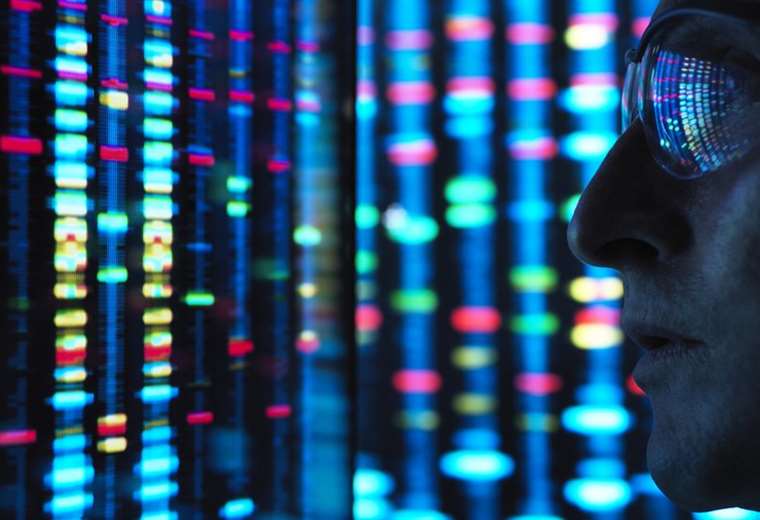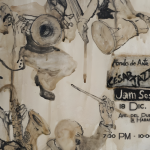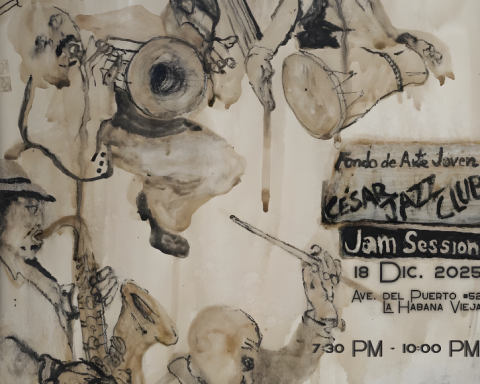March 1, 2023, 10:04 AM
March 1, 2023, 10:04 AM
It was called one of the most important scientific milestones in history: the Human Genome Project.
It was launched in 1990 by an international consortium of scientists at a cost of US$3 billion.
Their goal was to determine the sequence of the 3.2 billion base pairs (or letters) that make up a human’s DNA: all of their hereditary information and the instructions for building and maintaining the function of their cells, tissues, and organs.
In 2000, to great fanfare, it was announced that the first draft of the human genome had been completed.
“Today’s announcement represents more than a historic triumph of science and reason… With this profound new knowledge, humanity is about to gain an immense new power to heal,” said the then-President of the United States. , Bill Clinton.
The project promised many things: it would reveal the function of genes, especially those involved in diseases, which would allow personalized medicine with treatments based on our genetic makeup.
The genome also promised to reveal information about our evolutionary origins to know exactly where we came from and how we differed from other primates.
But the genome presented in 2000 it was not complete. Not only was it a rough first draft, but it also had huge regions where the DNA sequence didn’t even show up.
The project continued. And in 2003 it was announced again, this time with less hype, that the human genome had been completed.
But… about 8% of their information was still missing.
These gaps included the most difficult fragments to sequence, in which the letters of the DNA were repeated over and over again. With the technology available at the time, it was impossible to read them.
And so, the human genome -which was officially complete- remained undeciphered for 20 years.
Until 2021, when a scientific consortium called Telomere-to-Telomere (T2T) (Telomere to Telomere), announced that it had managed to read the entire genome.
Yes, but… although they reached previously inaccessible places -specifically that 8% that could not be read before- the reality is that parts of the human genome continue to be out of the reach of geneticists.
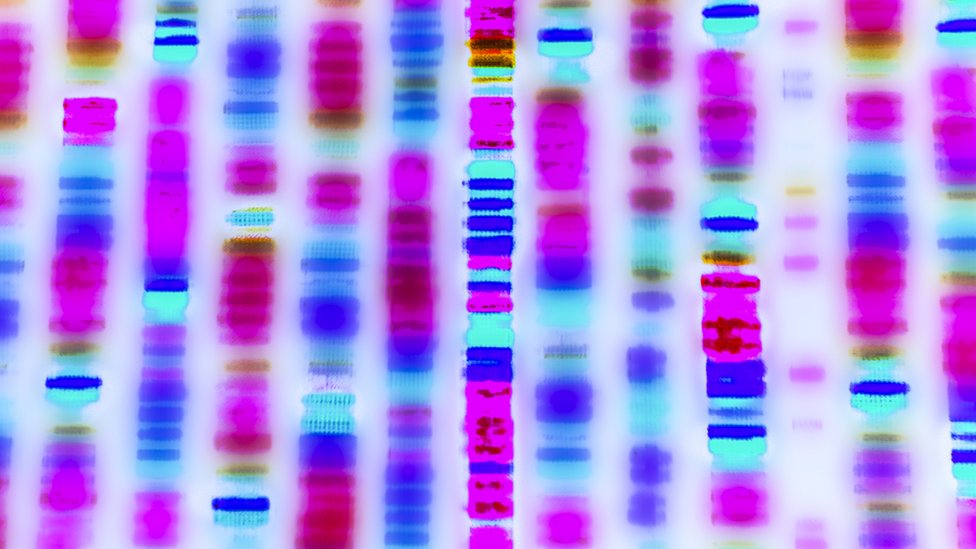
In other words, with advances in technology it was possible to read the complete human genome, without gaps and with minimal errors.
But that reference human genome is a “composite” for which DNA extracted from multiple individuals was used.
That is to say, it is not the genome of a real person who ever lived.
Difficulties
Why decipher the human genome Has it been such a difficult job?
“The main limitation has been that the technologies that allow us to decipher the DNA sequence do so through short fragments that are read by a machine and then have to be put back together, as if they were pieces of a complex puzzle,” he explained to the BBC. Mundo Dr. Manuel Corpas, professor of genomics at the School of Life Sciences at the University of Westminster, in London.
“If in the puzzle you come across a region in which the color and shape of the pieces do not change (it is repetitive), putting them in their correct order unequivocally and without having a frame of reference is complicated.”
In effect, sequencing a genome is like cutting a book into text fragments and then trying to reconstruct that book by putting all the fragments together again.
The text fragments that contain words and repeated or common phrases are much more difficult to assemble make pieces of text that is unique and different.
With the human genome, millions of pieces have to be assembled that describe the diversity of an individual.
Large fragments of these pieces are full of repetitions and those have been the most difficult regions to read in the human genome.
Until 2021, when new sequencing techniques managed to capture those repeats.
“It’s as if we had an 18th-century cartographic map describing the world’s geography. The shapes of coastlines on nearby continents were first figured out, and the gaps have been filled in as our ability to resolve ambiguous regions has been refined.” , says Dr. Corpas.
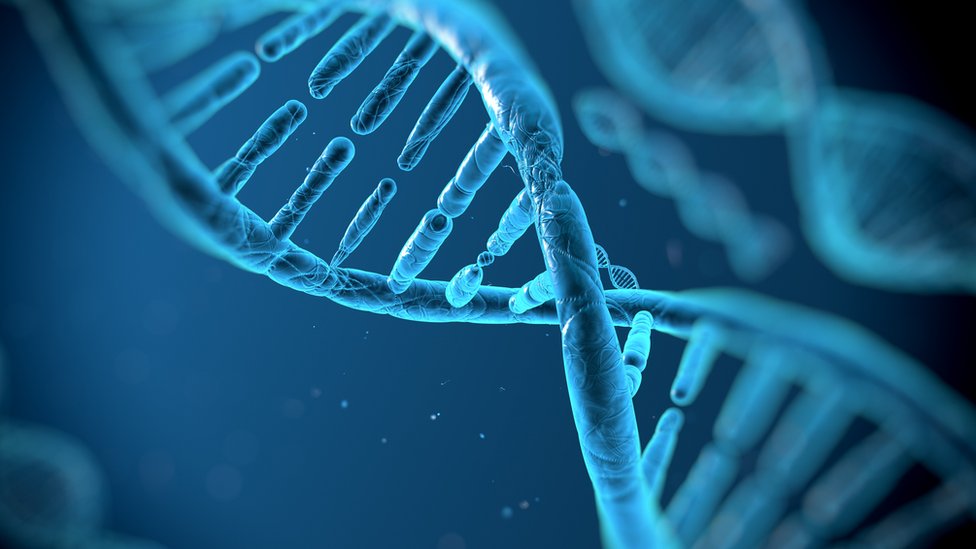
The key breakthrough achieved in 2021 by T2T, which became official in 2022 with several studies published in the journal Science, was the ability to accurately read much longer pieces of DNA after discovering the way to map its most mysterious and forgotten repetitive regions.
The T2T consortium was created in 2018 by Adam Phillippy of the National Human Genome Research Institute in Maryland, USA, and Karen Miga, a geneticist at the University of California, Santa Cruz.
The T2T was not a project backed by billions of dollars, but its achievement – being able to read a complete human genome -, it was considered a milestone.
In order to sequence it, the scientists used a kind of “shortcut.”
Normal human cells are diploid, meaning they have two copies of each type of chromosome. Both the father and the mother each contribute one chromosome to each pair.
But the cells that the T2T team used for their sequencing only contained one set of chromosomes inherited from father. This made it easier to reconstruct the precise sequence, but it also meant that the T2T genome cannot reveal how DNA varies within a person.
That is, despite the enormous advance of T2T, the genome that they sequenced is a single version of a genome that does not represent a human who has lived. It is not “the” human genome.
But this sequenced genome will now lay the foundation for new genomic research.
With the ability to read the entire human genome, scientists now hope to be able to sequence the genomes of people from various populations around the world to build a true picture of the genetic diversity of our species.
In other words, the real achievement will be to be able to read several genomes that allow us to see how their regions vary within a person, from one person to another, from one population to another, or from one species to another.
“There are many variants or differences in each organism, some 5 million in each human. The vast majority of the variants do not produce any effect, but a small percentage do,” explains Dr. Manuel Corpas.
“Understanding the effect that these variants cause and how they condition the function of the organism is one of the main frontiers of knowledge of the genome, but not the only one.”
“Clarify what predisposition to common and rare diseases It is therefore one of the main goals to be achieved”.
“Another important goal is to understand how many of the variants that determine the appearance of cancer evolve within the organism to produce tumors,” adds the expert.
Human Pangenome
A new effort in this regard is that of the scientists of the so-called Human Pangenome Reference Consortium.
Together with T2T, the PanGenome Consortium hopes to sequence the genomes of about 450 people from around the world in order to gain a better understanding of how DNA varies within and from person to person.
One of the main objectives of this knowledge will be to identify the variants that contribute to a person’s disease risk and have a personalized medicine in the future.
“Being able to develop cancer therapies that are personalized for the patient is a very active area, as is pharmacogenomics, that is, how genetics influence our optimal dose or even an adverse reaction to drugs”, explains the professor of genomics, Manuel Corpas. .
Also, explains the expert, efforts are being made to modify our genetic code with techniques such as CRISPR, whose objective is to “edit” the genes to eliminate and correct faults that cause diseases.
But this, Manuel Corpas points out, “It’s just the tip of the iceberg”: The medicine of the future will be based on genomics and how genetic information is inherited and modified from one generation to the next.

The achievements
Much of what was promised in 1990 when the Human Genome Project was launched has already been achieved.
Today we know much more about the functions of many genes and its role in diseases ranging from breast cancer to schizophrenia.
However, in practice, genomic medicine couldn’t get very far since it has been discovered that most diseases are affected by hundreds of genes.
There are very few inherited diseases that are caused by a single faulty gene, and the use of genetic testing to screen people at risk for rare diseases is largely used only for people considered to be most at risk.
But genetics has managed to change our understanding of human evolution.
For example, we now know that our ancestors mixed with other hominids such as Neanderthals.
The question that arises is whether with new initiatives, such as the Human Pangenome project, we will finally be able to complete the human genome.
The reason is that there is no single human genome. Everyone’s DNA is different and those differences are important.
“We all have a unique genome that determines our response to pathogens, diseases, drugs, etc.”, explains Dr. Corpas.
“There will come a time when the reference genome be that of each person, a single genome for each individual to detect and predict disease before symptoms appear.
“In the meantime, there’s a lot we can already do with the common variations we find in populations of individuals in different proportions.”
“These variations help us understand why Asians are less tolerant of alcohol or lactose and why Europeans are more sensitive to skin cancer,” says the professor of genomics.
Thus, we will only really understand the genome when we have a record of how it varies from person to person and from population to population.
In short, as long as there are humans there will be new genomes, and we will never finish reading the human genome.
Remember that you can receive notifications from BBC Mundo. Download the new version of our app and activate them so you don’t miss out on our best content.
